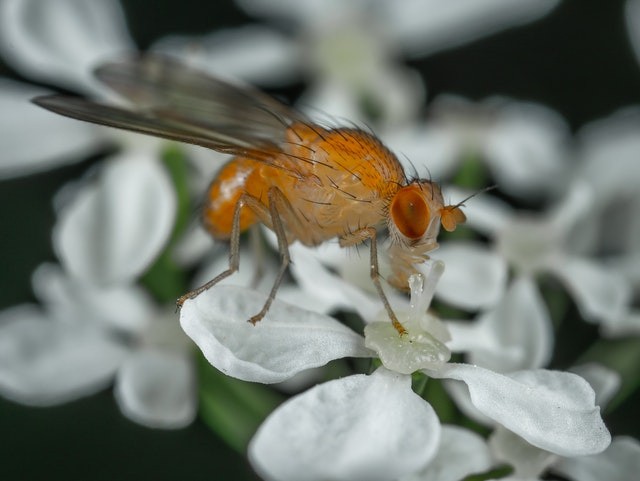From a recent scientific report, a new bacteria as big as a fruitfly has been discovered. The discovery of this bacteria is quite shocking as bacteria are known for their tiny feature.

Characteristics of the Newly-discovered Bacteria
Bacteria are usually so tiny, not visible to the human eyes, and can only be seen clearly using a microscopic aid. This new bacteria has been reported to be one of the world's largest bacteria, as per Interesting Engineering.
According to a report by Science published on Wednesday, this complex organism grows up to 0.78 inches (2 centimeters) long and is shaped like a string.
The bacteria was said to have some distinguishing characteristics like its ability to carry its genetic material, unlike other bacteria. These materials can be found in a pouch known as a membranous pouch.
It also has a second pouch that contains about 70% water, this is a similar characteristic possessed by a bacteria in the genus Thiomargarita, and from scientific analysis, this bacteria can either be a eukaryote or prokaryote.
Prokaryote Vs. Eukaryote
Prokaryotes are single-celled organism that lacks a nucleus and other organelles due to lack of internal membrane, they are divided into two distinct groups: the bacteria and the archaea.
Bacteria are a very diverse group that have several shapes, depending on the species. Bacteria and archaea may possess a few similar characteristics like having a cell wall and using flagella to swim but they are both totally different as the bacteria cell wall does not contain peptidoglycan and cell membrane uses ether-linked lipids as opposed to ester-linked lipids in bacteria.
Eukaryotes are single-celled or multicellular organism whose cell contains a distinct, membrane-bound nucleus.
A typical eukaryotic cell is surrounded by a plasma membrane and contains many different structures and organelles with a variety of functions.
Differences between these two cells include the absence of cell nucleus or any membrane-encased organelles in the prokaryotes, unlike the eukaryotes that contain membrane-bound organelles, such as the nucleus.
Analysis of the Bacterium
This single-cell bacteria was named T. Magnifica (Thiomargarita Magnifica) due to its complexity and huge size. It has been reported to be one of the world's largest bacteria and has a threadlike structure.
It possesses different features like displaying unprecedented polyploidy of more than half a million copies of a very large genome, undergoing a dimorphic life cycle with asymmetric segregation of chromosomes in daughter cells and it grows in orders of magnitude over theoretical limits for bacterial cell size through unique biology.
Microbiologist Chris Greening from Monash University who was not involved in the study told Science, "All too often, bacteria are thought of as small, simple, 'unevolved' life-forms - so-called 'bags of proteins, But this bacterium shows this couldn't be much further from the truth," according to LiveScience.
More studies and analysis on the newly discovered bacteria are still ongoing as its characteristics and features are still under analysis and comparison with other organisms, this is to obtain more information that could be very much useful to scientist and researchers later in the future.
Related Article : Light-Eating Desert Bacterium with Cunning Ability to Photosynthesize
For more news, updates about bacterium and similar topics don't forget to follow Nature World News!
© 2025 NatureWorldNews.com All rights reserved. Do not reproduce without permission.





